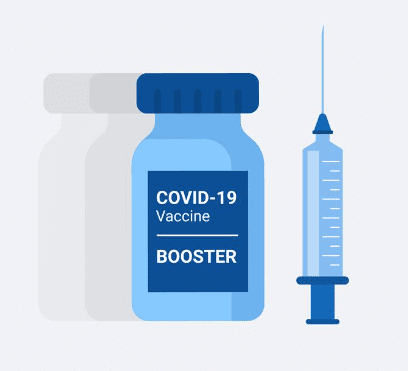Making Health Your Priority in 2023: Tips for Success
The goal of becoming healthier is among the most popular resolutions. Many resolve to eat healthier and exercise regularly. These resolutions are great, but they do not address the way stress can sabotage our best efforts to live a healthy life. Emotional well-being underpins our success at achieving our health goals for 2023.
Goal setting is good, but the mindset work that builds the foundation for the path to success is what is most important. Living a healthy life is a journey, not a destination, and there are no “quick cures” when it comes to health and well-being. Failure can cause impatience and it is necessary to remember that you will succeed… if you don’t expect overnight success.

Use these tips to help ensure you follow through with prioritizing your health in 2023:
Stay in Touch
Connect with friends in person. It’s good for your health to maintain friendships. In general, a lack of social bonds can damage your health as much smoking, obesity, and high blood pressure.
Surround yourself with people who are making their personal health and wellness their priority. In a technology-fixated era, it’s never been easier to stay in touch, so fire up your favorite social media and then follow up with in-person visits.
Plan for bumps in the road: A support system can help. We thrive with social interaction and support. Surround yourself with like-minded people looking to prioritize their health and wellness this year. It is important to have someone there on a regular basis to get you through those rough times.
Manage Your Stress
Stress, in small doses, can actually be helpful for short periods. But chronic stress can increase your risk of—or worsen—anxiety, depression, diabetes, heart disease, and more. The best way to manage stress is to control the factors you have agency over:
- Get enough sleep
- Exercise
- Ensure you are eating well
- Spend intentional time relaxing away from stressors
Relaxation, sleep, socializing, and taking vacations are things we all deserve and owe to ourselves for our health and well being in 2023. Finding healthy ways to cope with the stress in your life is imperative to your well-being.
Cut Back on Alcohol
Drinking alcohol in excess can increase risk for depression, increase memory loss, and increase hot flash symptoms in perimenopausal women. Heavy chronic drinking increases your risk for liver and heart disease, stroke, mental deterioration, and even cancers of the mouth, throat, liver, and breast.
If cutting back on alcohol to a couple of drinks per week seems to be difficult, consider reaching out for help.
Get More Sleep
You probably already know that a good night’s rest can do wonders for your ability to function on all cylinders. But sleep is more beneficial to your health than you might realize. A lack of sleep has been linked to a greater risk of obesity and type 2 diabetes.
Aim to get quality sleep and more of it by exercising good sleep habits. These habits can include actions such as:
- Going to bed and waking up at consistent times daily
- Having a comfortable bedroom atmosphere (i.e., one that is dark, quiet, and relaxing)
- Getting exercise during the day
It’s common for people to make New Year’s resolutions, but it’s also common for people to break them. Fortunately, there are resolutions you can make with ways that can help you stick to them. At Roots Health DPC, we take the time to understand your unique health goals and work with you to address obstacles to your success. We invite you to join us and let us help you achieve your health and wellness goals in 2023.

















